As an Emergency Lighting Battery Supplier, share with you. Lithium is the
smallest and most active metal on the chemical periodic table. Because of its
small size and high capacity density, it is widely welcomed by consumers and
engineers. However, the chemical properties are too active, which brings
extremely high risks. When lithium metal is exposed to air, it will react
violently with oxygen and explode. In order to improve safety and voltage,
scientists invented materials such as graphite and lithium cobalt oxide to store
lithium atoms. The molecular structure of these materials forms a small
nano-scale storage grid that can be used to store lithium atoms. In this way,
even if the battery shell ruptures and oxygen enters, the oxygen molecules are
too large to enter these small storage cells, so that lithium atoms will not
come into contact with oxygen and avoid explosion. This principle of lithium-ion
batteries enables people to achieve safety goals while obtaining high capacity
density.
Solar Lighting Battery Lithium
When a lithium-ion battery is charged, the lithium atoms in the positive electrode lose electrons and are oxidized to lithium ions. Lithium ions swim to the negative electrode through the electrolyte, enter the storage cell of the negative electrode, and obtain an electron, which is reduced to lithium atoms. When discharging, the whole procedure is reversed.
After the lithium battery cell is overcharged to a voltage higher than 4.2V, side effects will begin to occur. The higher the overcharge voltage, the higher the risk. When the voltage of the lithium battery cell is higher than 4.2V, the number of lithium atoms remaining in the positive electrode material is less than half. At this time, the cell often collapses, causing a permanent decrease in battery capacity. If you continue to charge, since the storage cell of the negative electrode has been filled with lithium atoms, subsequent lithium metal will accumulate on the surface of the negative electrode material. These lithium atoms will grow dendrites from the surface of the negative electrode toward the direction of the lithium ions. These lithium metal crystals will pass through the separator paper and short-circuit the positive and negative electrodes. Sometimes the battery explodes before the short circuit occurs. This is because during the overcharging process, the electrolyte and other materials will crack to produce gas, causing the battery shell or pressure valve to swell and rupture, allowing oxygen to enter and react with the lithium atoms accumulated on the surface of the negative electrode. And then exploded. Therefore, when charging lithium batteries, the upper voltage limit must be set so that the battery life, capacity, and safety can be taken into account at the same time. The most ideal charging voltage upper limit is 4.2V. There is also a lower voltage limit when discharging lithium batteries. When the cell voltage is lower than 2.4V, some materials will begin to be destroyed. Since the battery will self-discharge, the longer the battery is left, the lower the voltage will be.
Our company also has Solar Lighting Battery Lithium on sale, welcome to contact us.

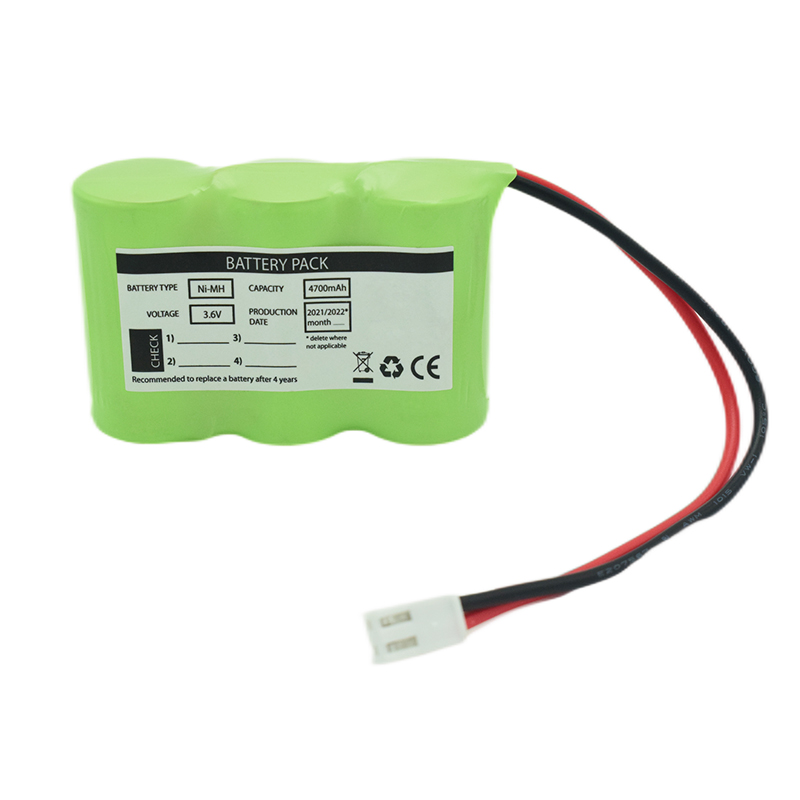 Ni-MH Battery C4700mAh 3.6V
Ni-MH Battery C4700mAh 3.6V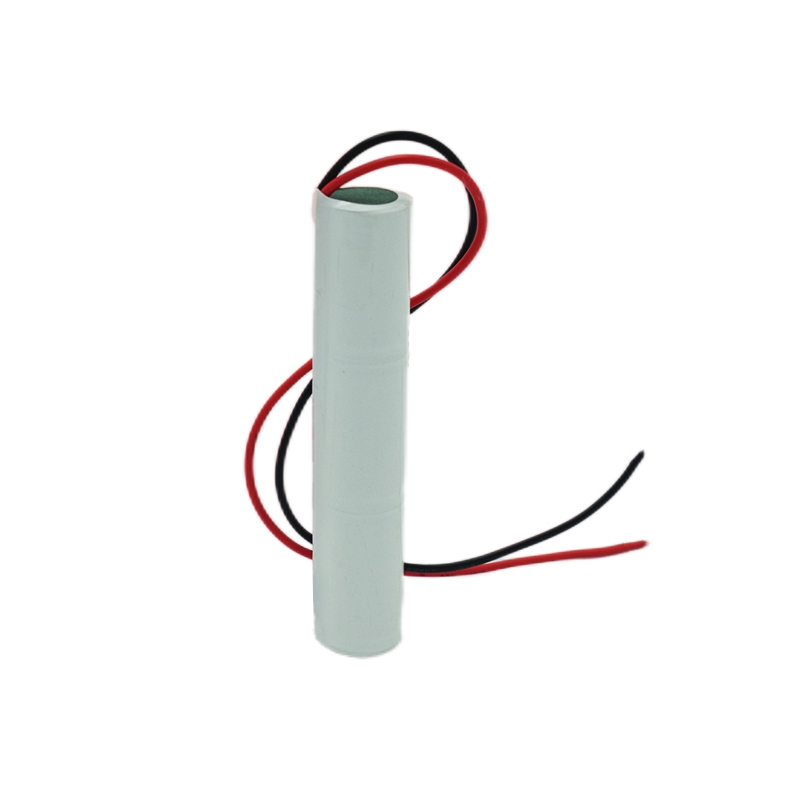 Nickel Cadmium Nicd Battery Pack SC1800mAh 3.6V
Nickel Cadmium Nicd Battery Pack SC1800mAh 3.6V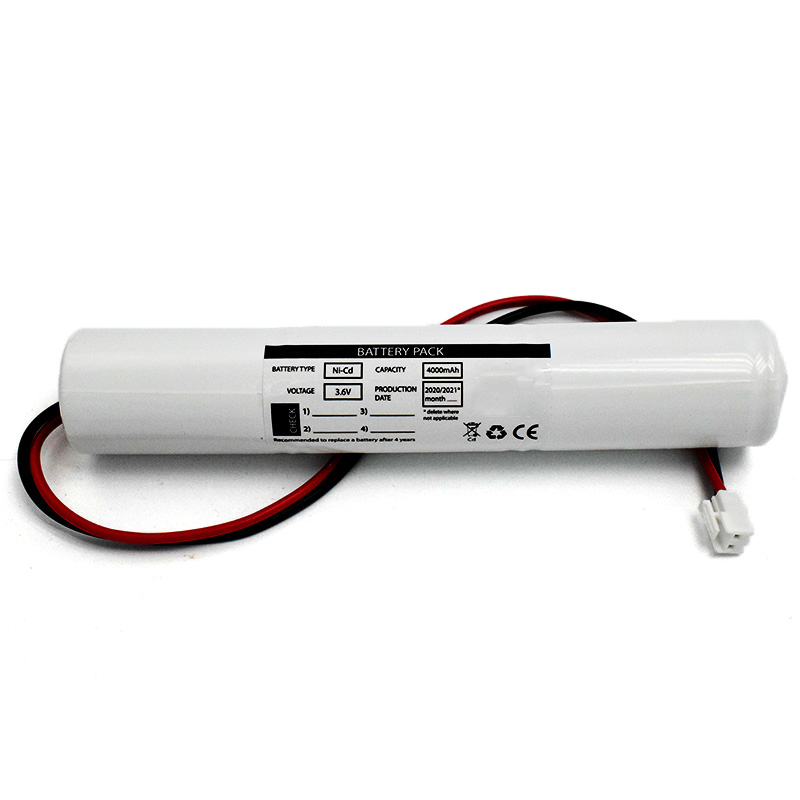 Ni-Cd Battery Pack D4000mAh 3.6V
Ni-Cd Battery Pack D4000mAh 3.6V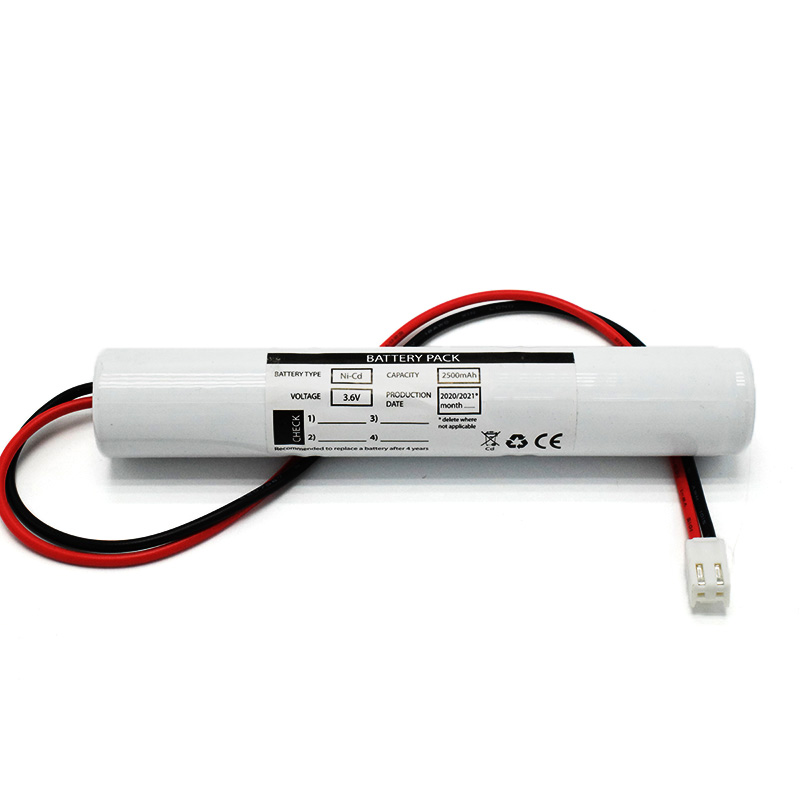 Ni-Cd Battery Pack C2500mAh 3.6V
Ni-Cd Battery Pack C2500mAh 3.6V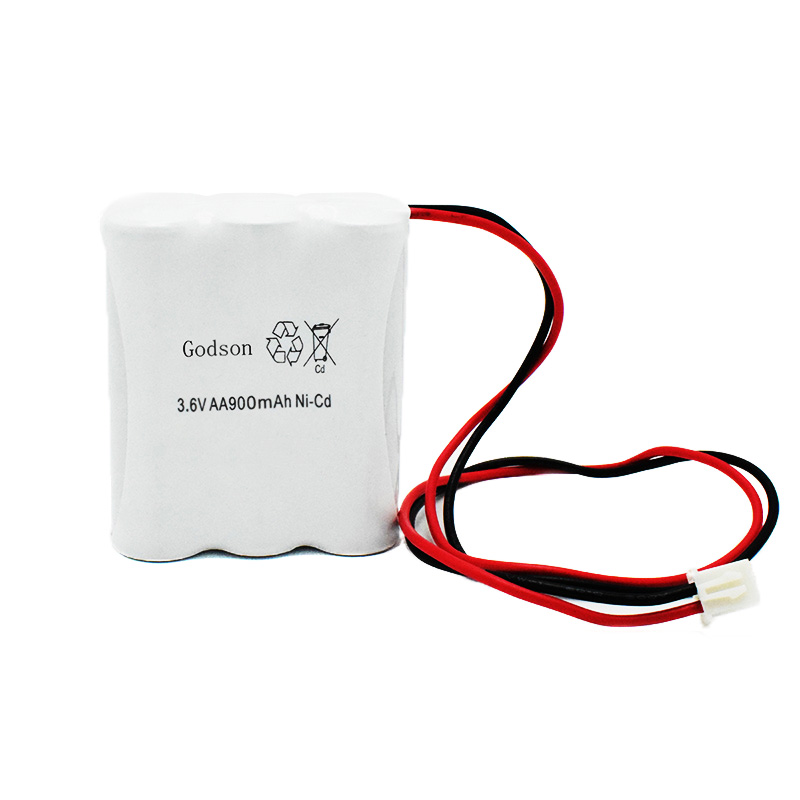 NICAD Battery Pack AA900mAh 3.6V
NICAD Battery Pack AA900mAh 3.6V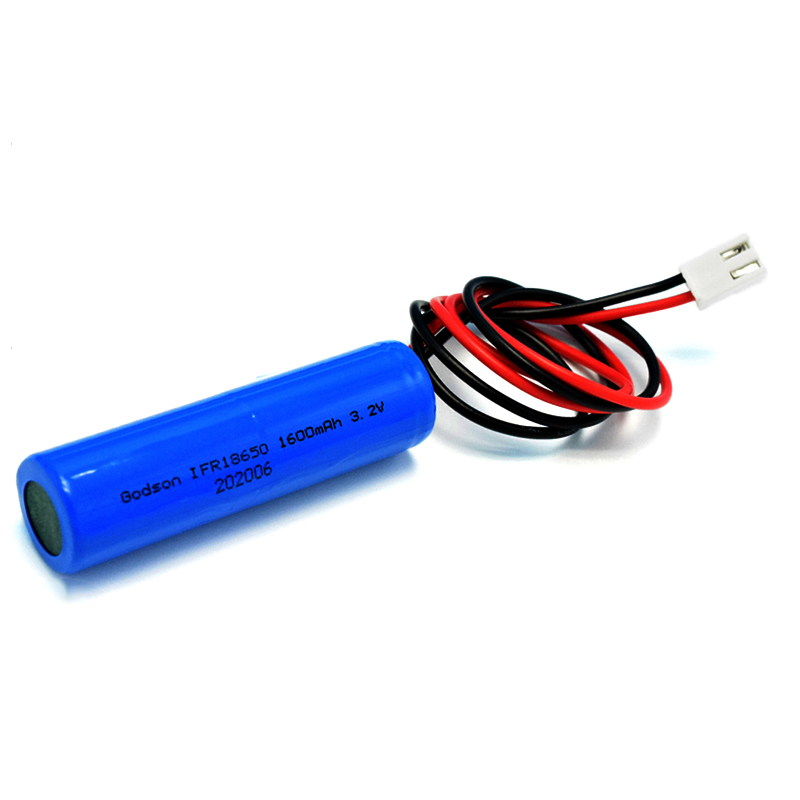 LiFePO4 IFR18650 1600mAh 3.2V
LiFePO4 IFR18650 1600mAh 3.2V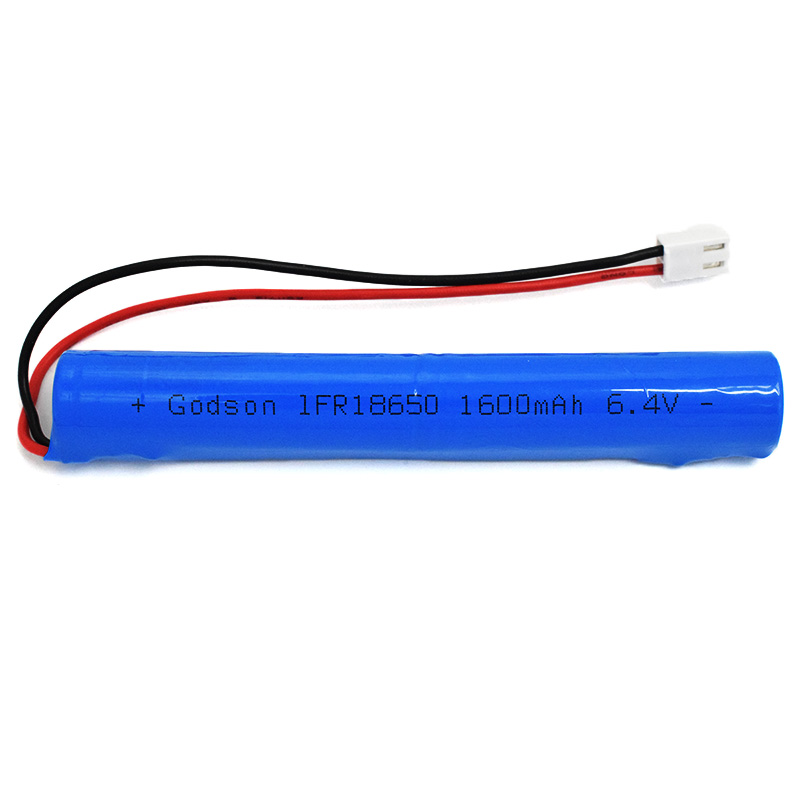 LiFePO4 IFR18650 1600mAh 6.4V
LiFePO4 IFR18650 1600mAh 6.4V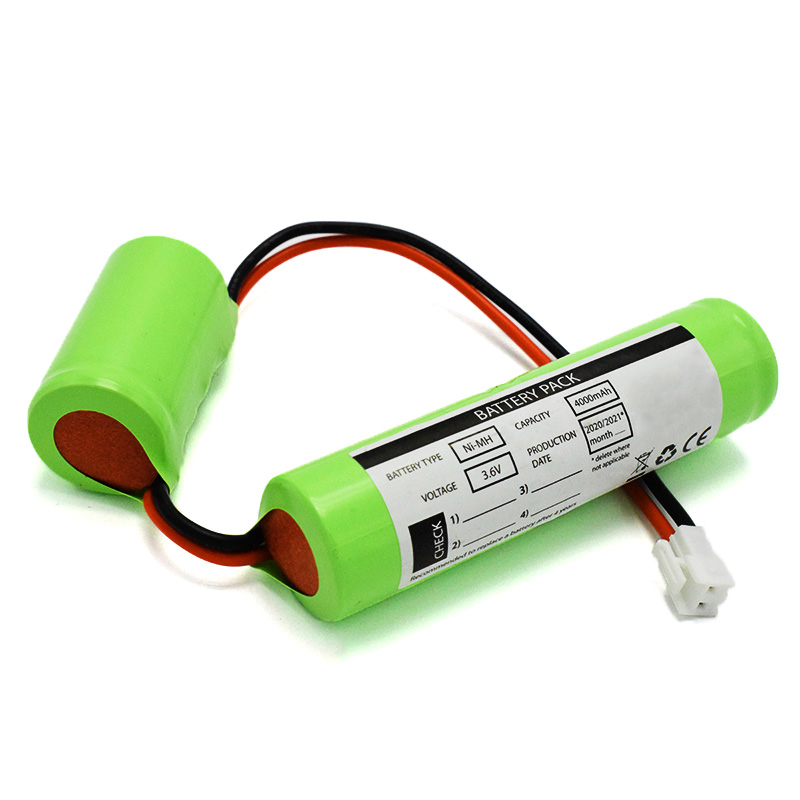 Ni-MH Battery C4000mAh 3.6V
Ni-MH Battery C4000mAh 3.6V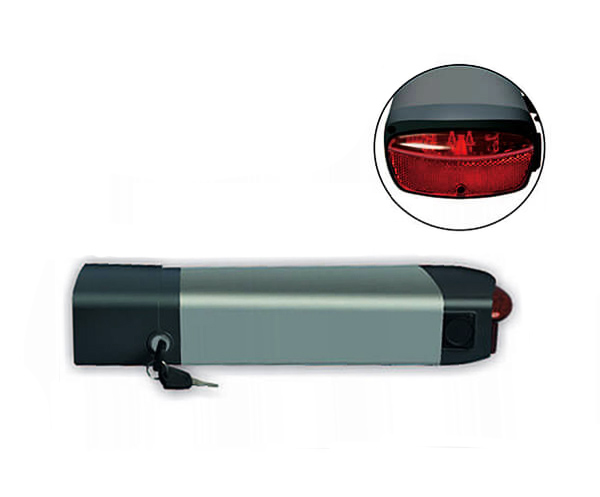 E-bike Battery 48V 10Ah JL-1
E-bike Battery 48V 10Ah JL-1 E-bike battery 48V 10Ah Qing Tian
E-bike battery 48V 10Ah Qing Tian